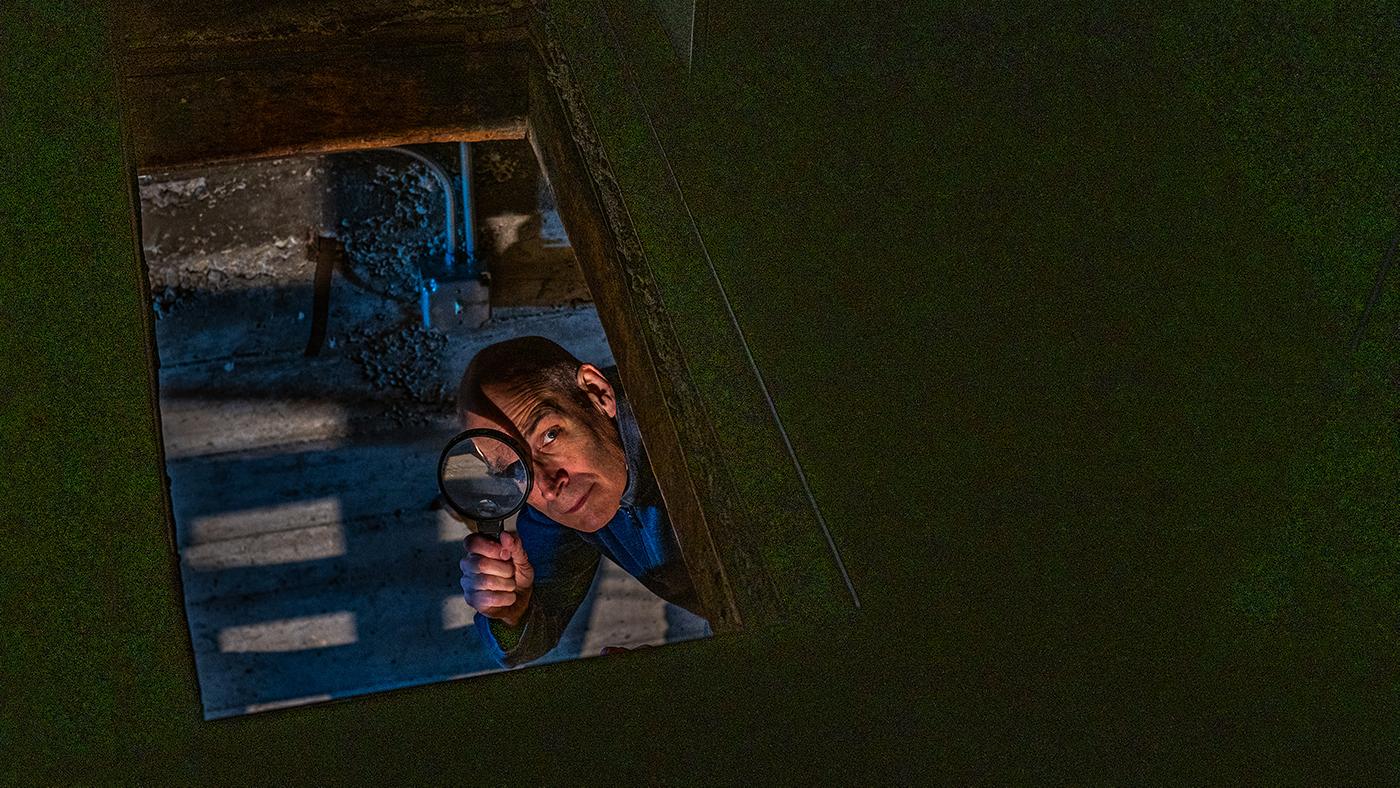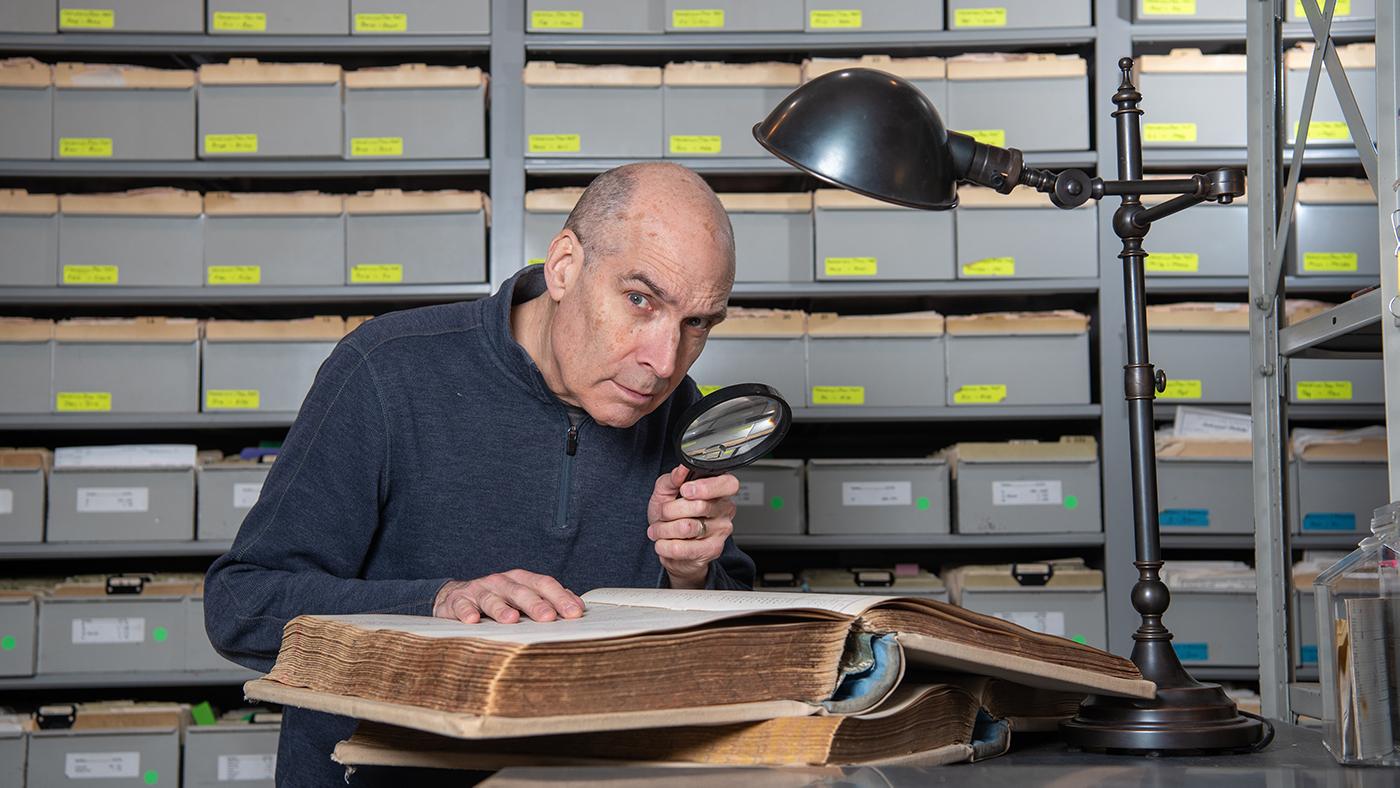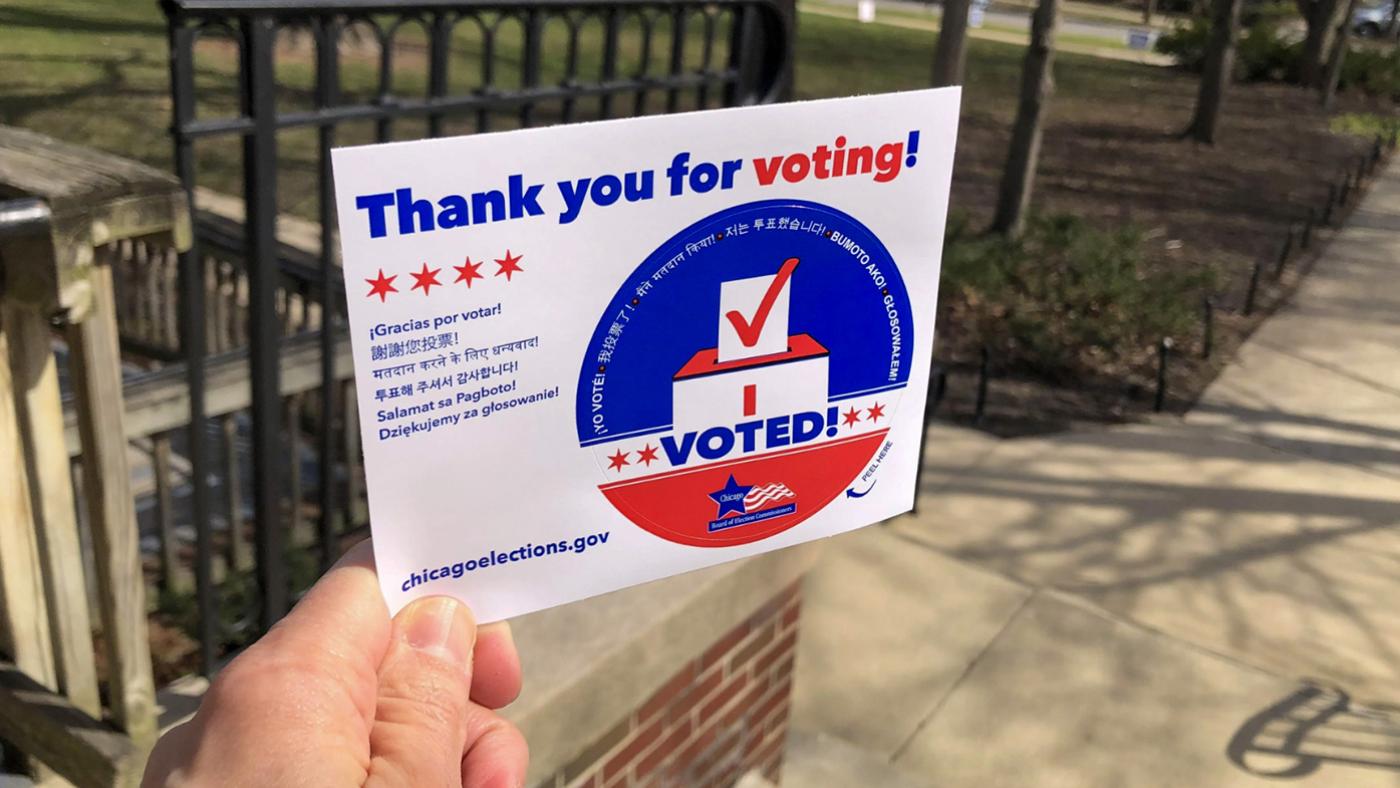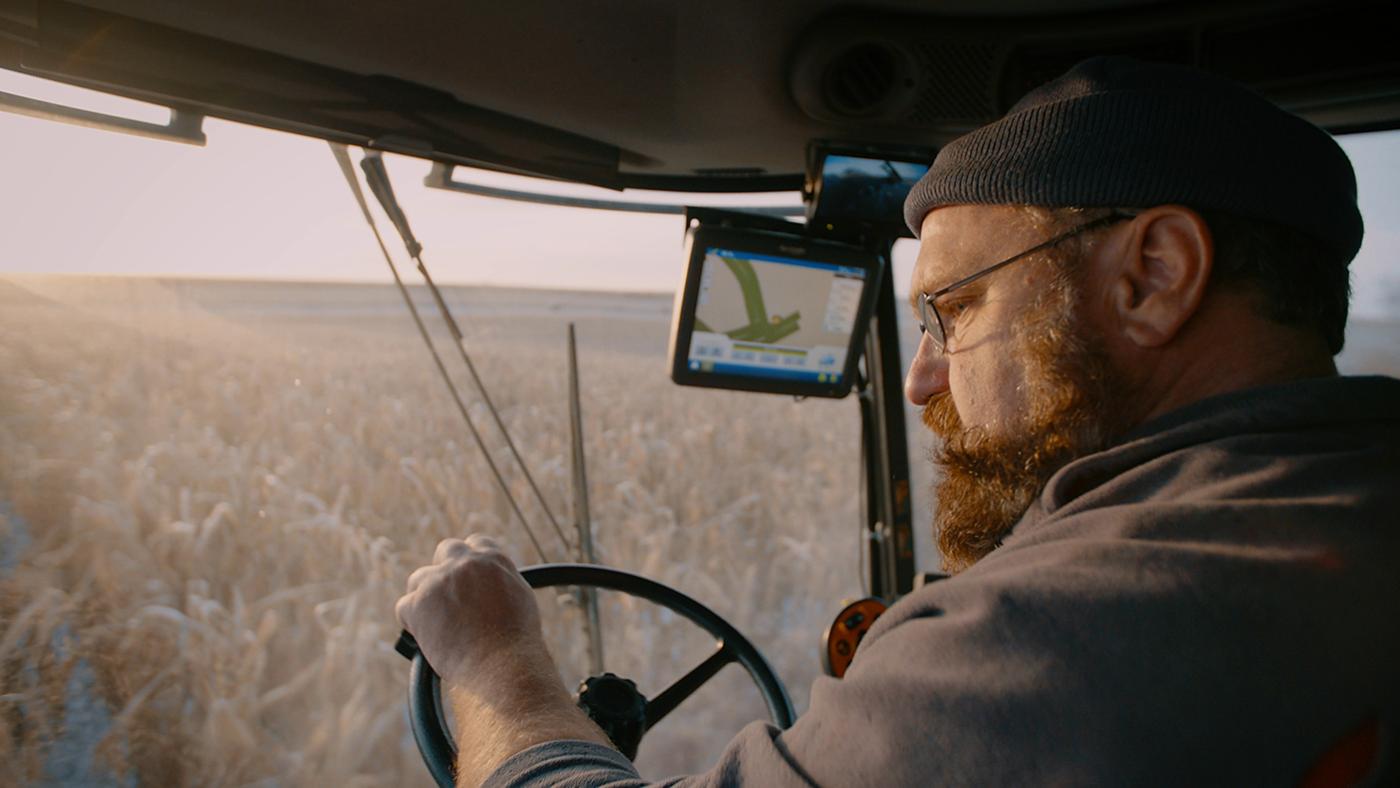A Love Letter to America: 'American Epic'
Daniel Hautzinger
May 30, 2017
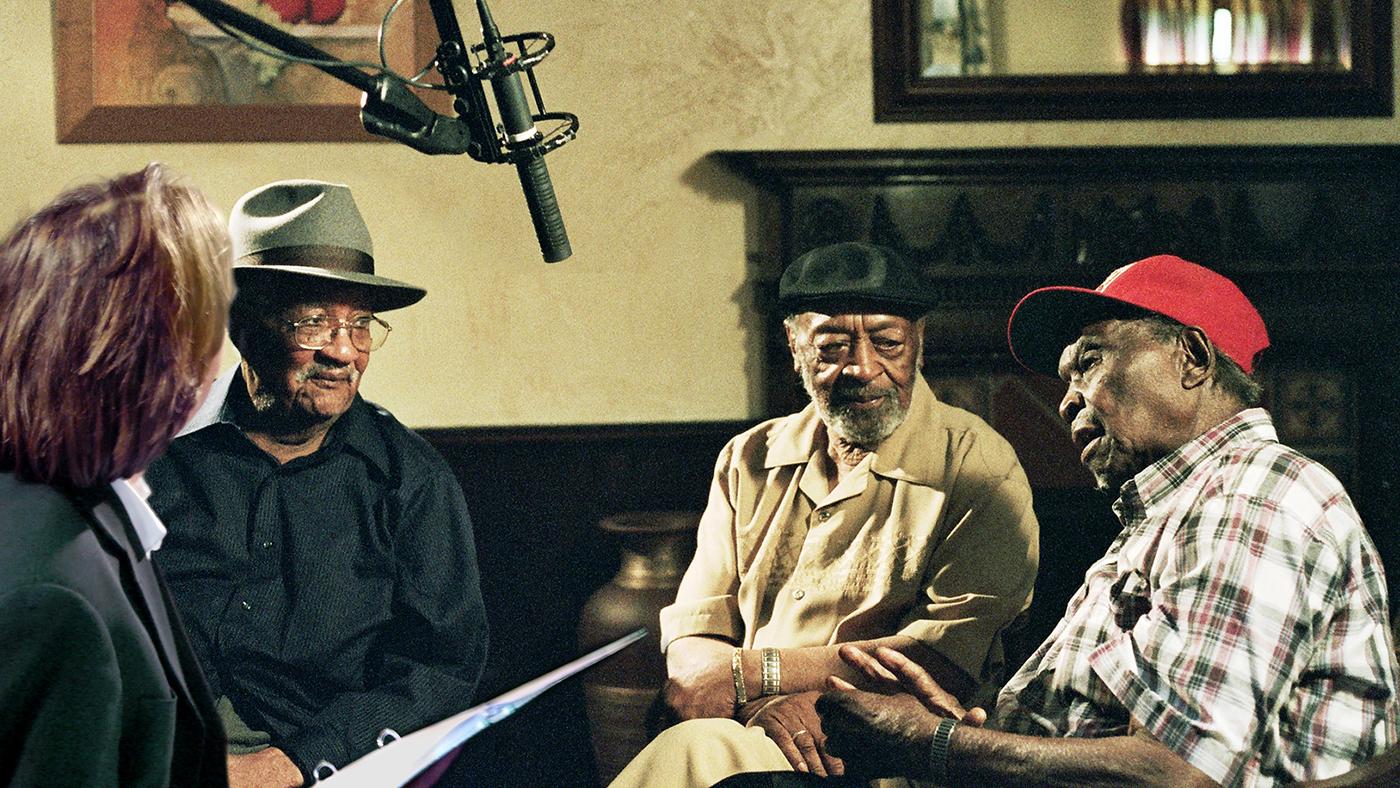
The final part of American Epic airs at 9:00 pm on May 30. The American Epic Sessions air Tuesday, June 6 at 9:30 pm. The previous two parts can be streamed here. Part 1 of this interview can be found here.
“The grand purpose of the film is a love of America,” filmmaker Bernard MacMahon says about the documentary series American Epic. “As a small boy, I loved American films and movies. I grew up in suburban South London, and I remember looking up at the sky at the planes flying over from Heathrow and wondering if they were going to America, and wanting to be on one of those planes.”
American Epic tells the stories of several rural American musicians who recorded in the 1920s on the first electrical recording device. Many of those recordings went on to become touchstones of American popular music, from country to Cajun to blues, and disseminated the local vernacular music of America across the country.
“I love the richness of the culture,” MacMahon says. “I think that’s so important to celebrate today: that America is a breathtaking mixture of all these different people. As I made the film and traveled from New York to the Appalachians, through the Mississippi Delta, the swamps of the Bayou, the plains of Texas, the lunar landscape that is Hopi in Arizona, then into the rainforests in Oahu, I found it absolutely mindboggling that this is all governed by one person in Washington, D.C.
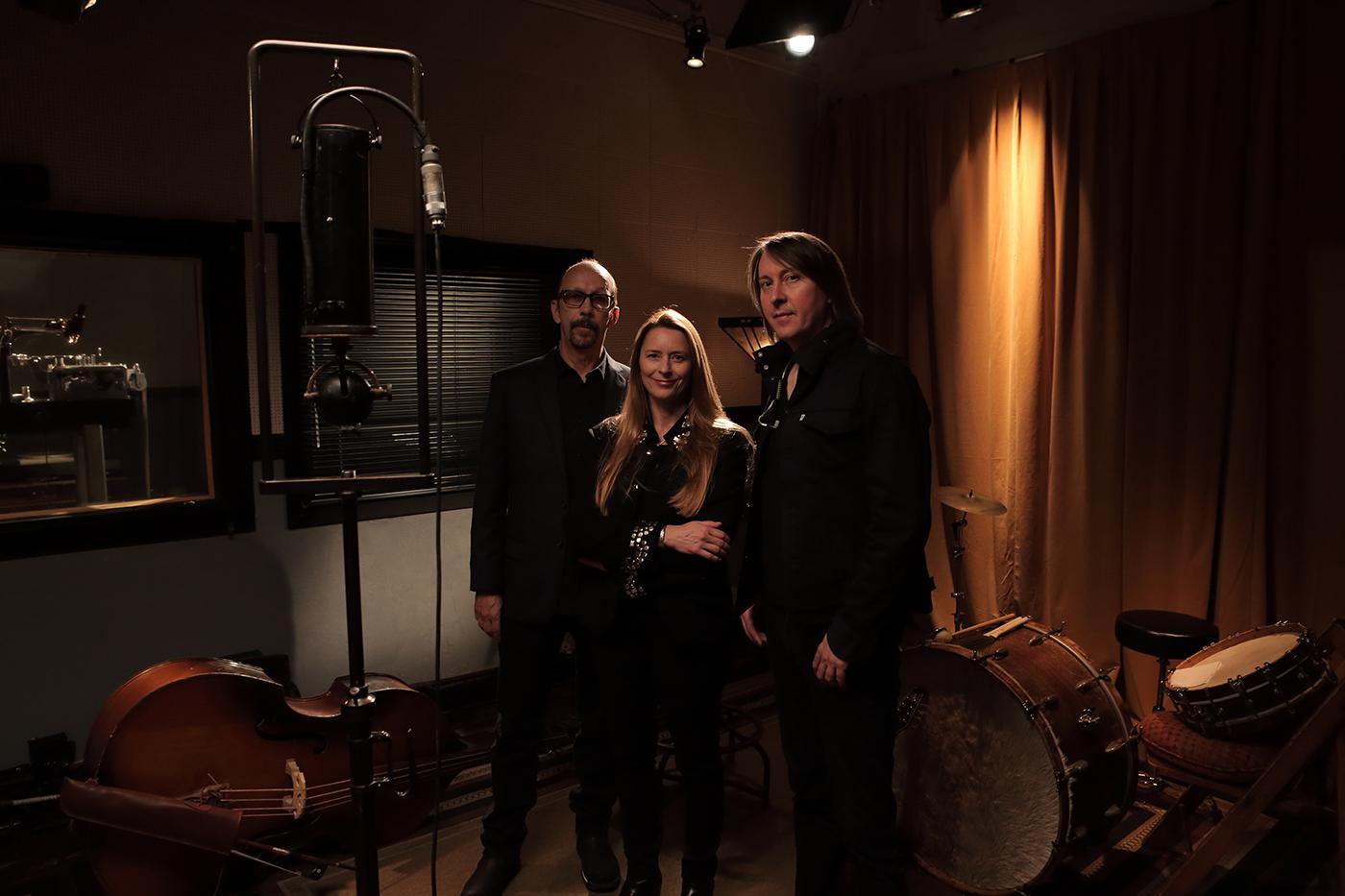 Filmmakers Duke Erikson, Allison McGourty and Bernard MacMahon. Photo: © 2015 Lo-Max Films Ltd“The film is musical to tell this story of what’s wonderful about America because music is perhaps America’s greatest gift to the world. Even though people are going through tough times right now, America is still a fount of all these wonderful attributes, these great and life-altering things.”
Filmmakers Duke Erikson, Allison McGourty and Bernard MacMahon. Photo: © 2015 Lo-Max Films Ltd“The film is musical to tell this story of what’s wonderful about America because music is perhaps America’s greatest gift to the world. Even though people are going through tough times right now, America is still a fount of all these wonderful attributes, these great and life-altering things.”
Another reason the documentary’s story is a musical one is that MacMahon felt that the tale of these early recordings showed off a number of disparate sides of America. “The film pulls together these different parts of America that you don’t normally have together: the social, the creative side, and the technology side. Those things, they run together. But we traditionally tend to concentrate on one, whereas I feel that each of them informs the other: the businessman informs the scientist informs the artist informs the community. The film is demonstrating how amazing America is as a country when those forces unite.”
Without the entrepreneurs in the record companies, the engineers of Western Electric who developed the recording technology, and the musicians themselves, we would lack these landmark documents from the beginnings of recorded American popular music.
But music is not MacMahon’s only love. Unsurprisingly, given his career choice, he is also an aficionado of cinema. While making American Epic he discovered an unexpected connection between his two fascinations. Before bringing their newfangled recording machine to the music business, Western Electric approached Hollywood with it. But film executives, content with silent films and wary of the cost of adding audio to movies, passed on the opportunity.
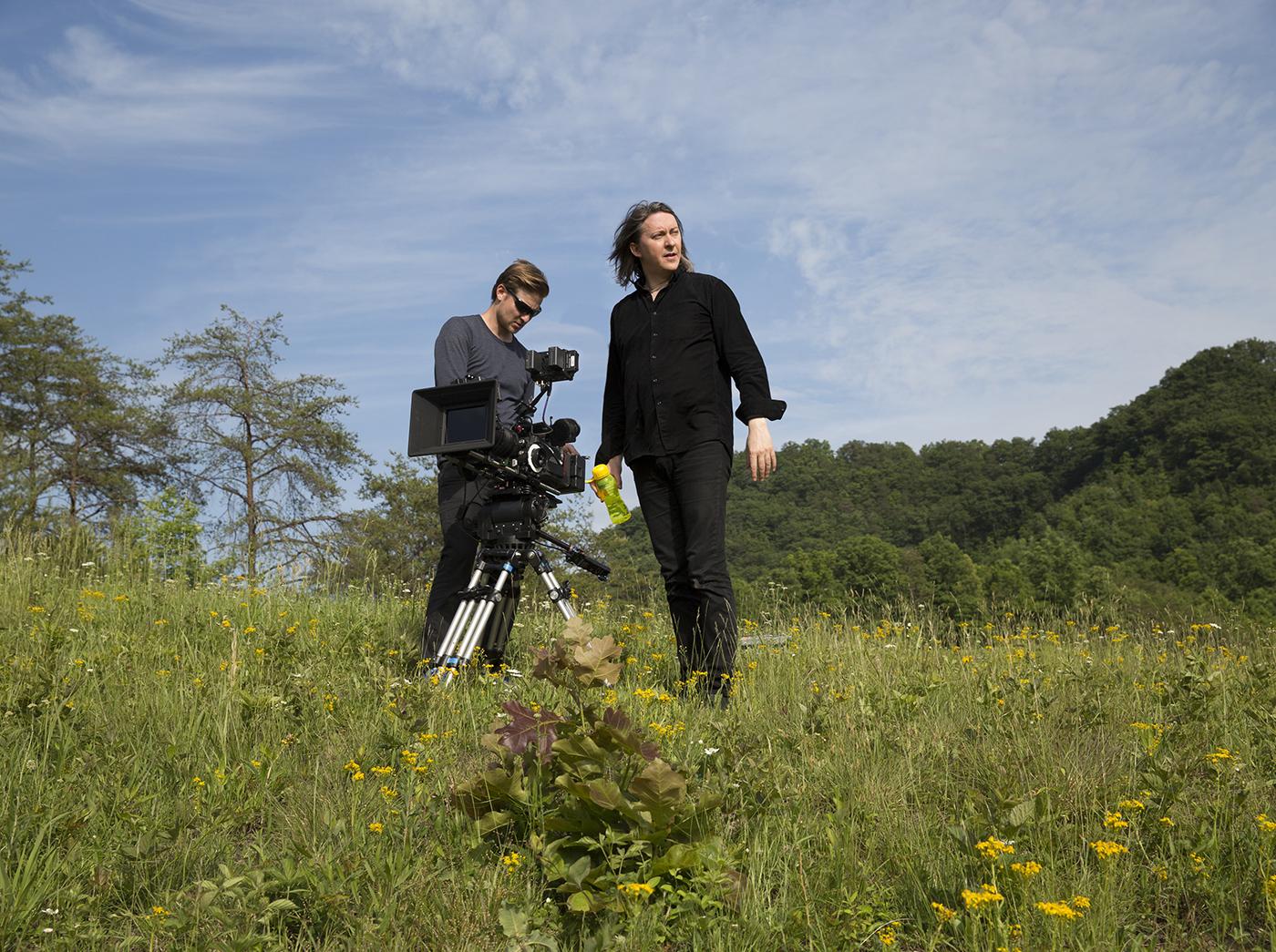 Bernard MacMahon filming in Virginia. Photo: ©2017 Lo-‐Max Records Ltd.As recordings became widespread and people began to enjoy in their homes the high-quality audio available to them through the new technology, Hollywood hopped on the bandwagon. The same engineers who had made records for the music business traveled to Hollywood and helped make the first pictures with sound. “The Western Electric machine is actually part of the birth of one of the major aspects of the medium I work in,” MacMahon says.
Bernard MacMahon filming in Virginia. Photo: ©2017 Lo-‐Max Records Ltd.As recordings became widespread and people began to enjoy in their homes the high-quality audio available to them through the new technology, Hollywood hopped on the bandwagon. The same engineers who had made records for the music business traveled to Hollywood and helped make the first pictures with sound. “The Western Electric machine is actually part of the birth of one of the major aspects of the medium I work in,” MacMahon says.
The influence of the music business on cinema is reciprocated in The American Epic Sessions, in which MacMahon invited contemporary musicians to record on a reconstructed Western Electric machine to create both a final part to his documentary series and a record produced by Jack White and T. Bone Burnett. Not only did a filmmaker engender a record, he also found parallels between recording on this early technology and filming.
“My inspiration in filming The American Epic Sessions was Fred Astaire and Gene Kelly films, where they perform these dances in a single, continuous take. I wanted to let the audience know that they were looking at a live performance, so almost all of the performances are shot in one continuous take.” This mirrors the recording technology: you can’t overdub or edit in post-production, so what you perform is what you get.
“Working that way turns creating art into like an Olympic event,” MacMahon says. “There’s nowhere to hide, you have to deliver. You can’t fool yourself. But when you do it, the audience is spellbound. I love it for that.”

